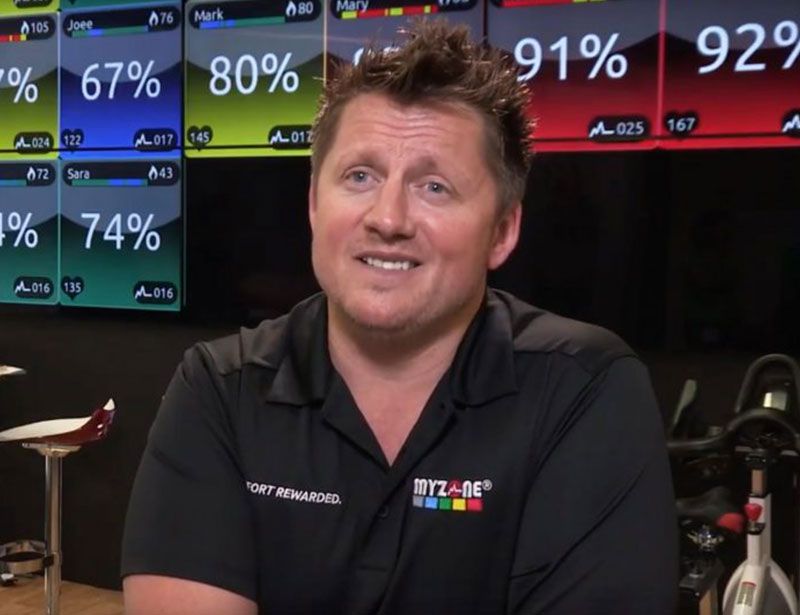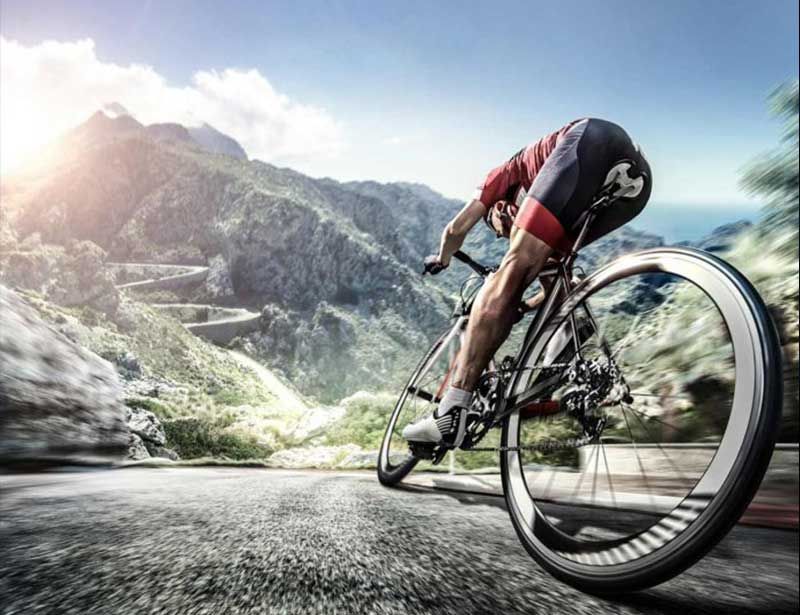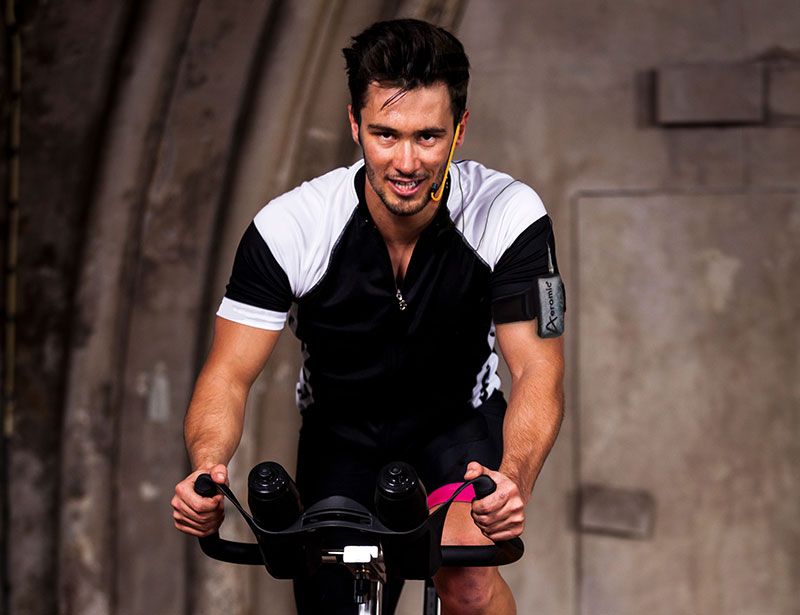
Oliver Schulokat
Operators’ “blissful ignorance” is threatening the future of the gym sector – but virtual reality, cinematic studios and a new model that spans in-club and at-home could save it. Oliver Schulokat, the CEO of CYBEROBICS talks to Kate Cracknell.

A connected fitness ecosystem
Mike Rounding, product manager for ANT+, talks to Kate Cracknell about the wireless ecosystem that’s helping exercisers get the workout data they want, whatever device they choose to use

Peloton: ‘A category of one’
Everyone’s talking about Peloton: the brand whose powerful combination of at-home bike and live-streamed classes has taken the fitness sector by storm. But what’s its secret, and what happens next? Kevin Cornils, Managing Director International for Peloton, speaks to Kate Cracknell

The sport of indoor cycling
Philippe Moity, president and co-founder of Kinomap, tells Kate Cracknell about his plans to get indoor cycling recognised not just as a form of exercise, but as a real sport that happens indoors

The heart of the matter
Heart rate training has been a buzzword over recent years, but what are the benefits of this form of training, and who’s doing it really well? Kate Cracknell speaks to Myzone CEO Dave Wright

Activio goes Europe
Everybody who’s joined a good indoor cycle class knows what good looks like and feels like. The team spirit, to love the music and to get that sense of accomplishment and the feeling of freedom while you give it your all. To know exactly what your performance is, will only add to the cycling addiction.

Steamy spinning class, no sweat!
Let’s face it, instructing a cycling class could be the sweatiest job on the planet! I remember attending the Nike Show in Copenhagen some 10+ years ago. The organisers had covered the polished gym floor with 60 sheets of plywood, one for each bike. At the end of each session they were all soaking wet. That is the environment that we have to work with as Audio System designers and installers!

Conceived, powered and funded by BODY BIKE®, RIDE HIGH has a simple mission: to celebrate and champion the very best of indoor cycling, sharing ideas, stories and experiences from around the world to inspire the sector on to even bigger and better things. Subscribe for free by leaving your details below and we'll send indoor cycling's hottest news direct to your inbox three times a year.


